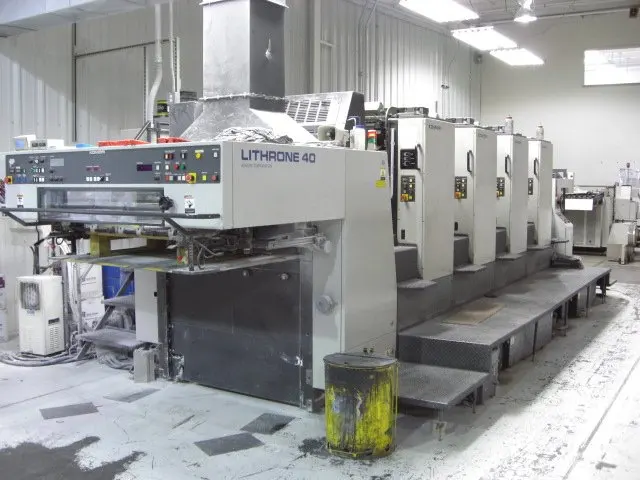Johannes Gensfleisch zur Laden zum Gutenberg
Biography
Johann Gutenberg was born Johann Gensfleisch zur Laden, in Mainz. He
was the third child of Freile zum Gensfleisch and his second wife, Else
Wirick zum Gutenberg, whose name Johann adopted. Nothing is known of
Gutenberg's studies or apprenticeship except that he learned the trade
of a goldsmith while living in Mainz. About 1428 his family was exiled
as a result of a revolt of the craftsmen against the noble class ruling
the town, and in 1430 Gutenberg established himself in Strassburg, where
he remained until 1444.Gutenberg's experiments in printing began during his years in Strassburg. He was already familiar with the techniques of xylography, the process used to make books and other printed matter in Europe since the 14th century, and in the Far East much earlier. Then came the transition from xylography to typography, infinitely more practical for text printing since, instead of reproduction by means of wood carving, a small separate block (type) was used for each sign or character. The idea of movable type may have occurred to many people independently; Gutenberg may have worked in this field about 1436.
Books Printed
Between 1450 and 1455, Gutenberg printed several texts, some of which remain unidentified; his texts did not bear the printer's name or date, so attribution is possible only from typographical evidence and external references. Certainly several church documents including a papal letter and two indulgences were printed, one of which was issued in Mainz. In view of the value of printing in quantity, seven editions in two styles were ordered, resulting in several thousand copies being printed.Some printed editions of Ars Minor, a schoolbook on Latin grammar by Aelius Donatus may have been printed by Gutenberg; these have been dated either 1451–52 or 1455.

Biblia Sacra
Printing Method Gutenberg's early printing process, and what tests he printed with movable type,
are not known in great detail. His later Bibles were printed in such a
way as to have required large quantities of type, some estimates
suggesting as many as 100,000 individual sorts.Setting each page would take, perhaps, half a day, and considering all
the work in loading the press, inking the type, pulling the impressions,
hanging up the sheets, distributing the type, etc., it is thought that
the Gutenberg–Fust shop might have employed as many as 25 craftsmen.

Moveable Types Letters
Gutenberg's technique of making movable type remains unclear. In the
following decades, punches and copper matrices became standardized in
the rapidly disseminating printing presses across Europe. Whether
Gutenberg used this sophisticated technique or a somewhat primitive
version has been the subject of considerable debate.Printing Pressed with Moveable Types
In the standard process of making type, a hard metal punch (made by punchcutting, with the letter carved back to front) is hammered into a softer copper bar, creating a matrix. This is then placed into a hand-held mould and a piece of type, or "sort", is cast by filling the mould with molten type-metal; this cools almost at once, and the resulting piece of type can be removed from the mould. The matrix can be reused to create hundreds, or thousands, of identical sorts so that the same character appearing anywhere within the book will appear very uniform, giving rise, over time, to the development of distinct styles of typefaces or fonts. After casting, the sorts are arranged into type cases, and used to make up pages which are inked and printed, a procedure which can be repeated hundreds, or thousands, of times. The sorts can be reused in any combination, earning the process the name of "movable type".
Printing Press Evolution

First Printing Press (1440)
(1900's)


(2000)
Printing Presses (2017)


No comments:
Post a Comment